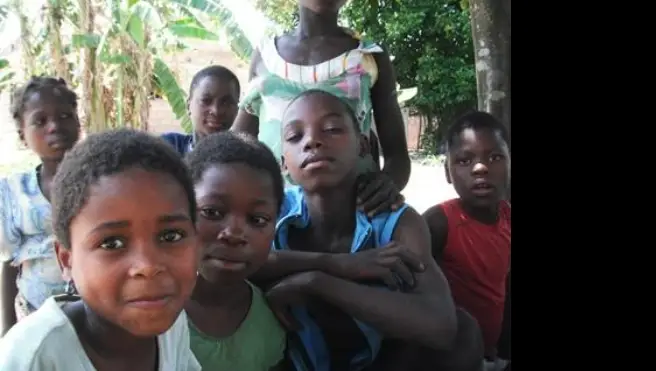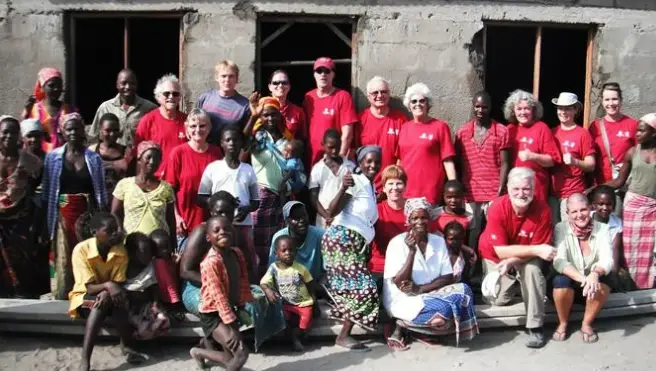I’ve just returned from Mozambique where I participated in a Habitat for Humanity build. My participation in this build was sponsored by Mr. Rooter Plumbing, York and Durham Region and the Kawartha City Lakes. Chiconela, the village where we built 2 houses is about 30 kilometres outside of Xia Xia which is located about 4 hours north of the Mozambique capital of Maputo. Our team of 13 Canadians came from locations across the country, literally from Victoria to Halifax. We shared the common desire to help make a difference in the lives of others far less fortunate than ourselves, in a way that is long lasting and which will significantly improve the quality of life for these families.
Habitat for Humanity
December 12, 2011
The houses are constructed with cement and sand blocks. The roofs are made from corregated tin. They have 2 rooms. There is no running water or electricity in the homes. The outdoor latrine is located at the rear of the house. In 2 weeks we were able to lay all of the blocks, add the roof and frame the windows and door for each house.
We worked with 5 community members skilled in the construction of these homes. Fortunately, we had the opportunity to meet and interact daily with the 2 families, widowed mothers who each had 4 children. These families subsist on about $3.Cdn per day. Their primary food staple is maize which each day is pounded and ground into a fine powder, mixed with water and cooked on an outdoor fire. It looks like cream of wheat. Water is collected from a well about a 20 minute walk from the building site. The women collect the water in large plastic jugs which they precariously carry on their heads.

The houses are constructed with cement and sand blocks. The roofs are made from corregated tin. They have 2 rooms. There is no running water or electricity in the homes. The outdoor latrine is located at the rear of the house.In 2 weeks we were able to lay all of the blocks, add the roof and frame the windows and door for each house.
Though there was great satisfaction derived from building the homes, the most memorable part of this trip was the daily interaction with the families. The women, Olinda and Lizette carry themselves with dignity. Despite being widowed and HIV positive, they show tremendous courage and strength, and are caring and loving mothers.
Habitat for Humanity is a non profit organization dedicated to providing safe and secure housing for families in need. To learn more about this charitable cause, or to enquire about going on a build yourself, please see www.habitat.ca.
